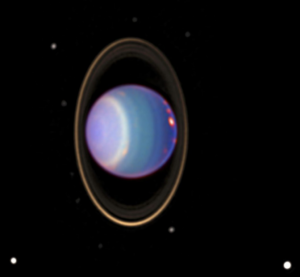
Washington (USA) On previous lunar missions, communication with the earth took place either via a space relay or a ground-based antenna. Now NASA has announced the LunaNet, a new communication and navigation network. It is a robust network that is structured similar to the Internet. This is primarily necessary due to the increasing frequency of missions, for which the old connection technologies are no longer sufficient.
According to a NASA publication, the LunaNet is supposed to ensure stable connections without having to plan data transfers in advance. If the connection between two Lunanet nodes is interrupted, DTN (Delay / Disruption Tolerant Networking) should buffer the data until the connection is re-established. The data transmission would be much more robust than before.
The LunaNet should also provide a navigation system on the moon that works independently of the earth. Cheryl Gramling, Assistant Technology Manager for Mission Planning and Systems Analysis, explains that the navigation system “is designed to ensure that manned and robotic missions can quickly and accurately determine their positions and relay them to their planning systems.”
In addition, the new network is intended to provide future missions with measurement data that is required for determining the orbit and the guidance systems. The communication and navigation network will also provide astronauts and rovers with lunar weather data and warn of dangerous solar activities at an early stage. The systems should also enable scientific observations on the earth’s satellite. For this purpose, the LunaNet antennas will also be used for other purposes such as radio astronomy.





